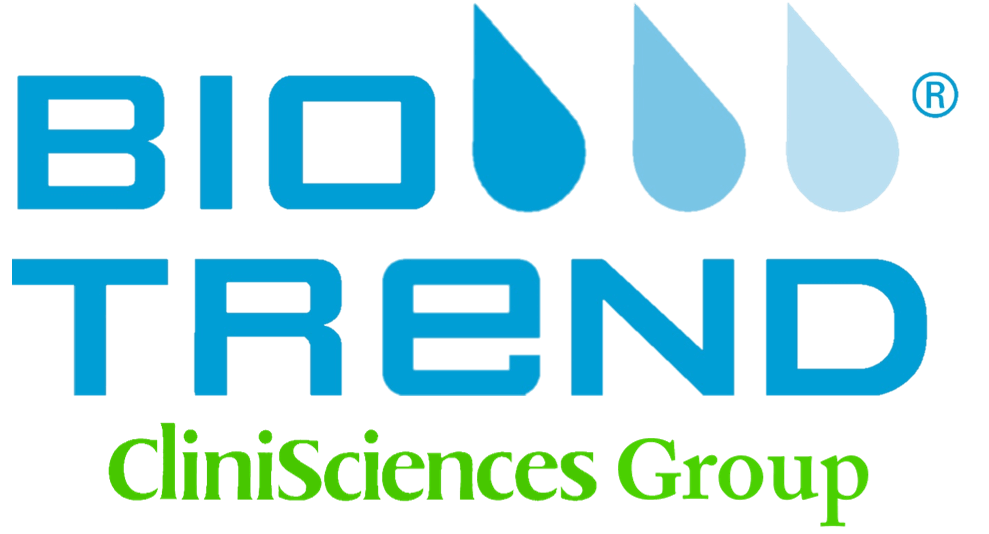Psen1 Mouse shRNA Plasmid (Locus ID 19164)
Cat# TL511989
Size : 1kit
| Product Data | |
| Locus ID | 19164 |
|---|---|
| Synonyms | Ad3h; PS-1; PS1; S182 |
| Vector | pGFP-C-shLenti |
| E. coli Selection | Chloramphenicol (34 ug/ml) |
| Format | Lentiviral plasmids |
| Components | Psen1 - Mouse, 4 unique 29mer shRNA constructs in lentiviral GFP vector(Gene ID = 19164). 5µg purified plasmid DNA per construct29-mer scrambled shRNA cassette in pGFP-C-shLenti Vector, TR30021, included for free. |
| RefSeq | BC014744, BC030409, BC071233, NM_008943, NM_008943.1, NM_008943.2, NM_001362271 |
| UniProt ID | P49769 |
| Summary | Catalytic subunit of the gamma-secretase complex, an endoprotease complex that catalyzes the intramembrane cleavage of integral membrane proteins such as Notch receptors and APP (amyloid-beta precursor protein). Requires the presence of the other members of the gamma-secretase complex for protease activity (By similarity). Plays a role in Notch and Wnt signaling cascades and regulation of downstream processes via its role in processing key regulatory proteins, and by regulating cytosolic CTNNB1 levels (PubMed:10421573, PubMed:11517342). Stimulates cell-cell adhesion via its interaction with CDH1; this stabilizes the complexes between CDH1 (E-cadherin) and its interaction partners CTNNB1 (beta-catenin), CTNND1 and JUP (gamma-catenin) (PubMed:11226248). Under conditions of apoptosis or calcium influx, cleaves CDH1 (PubMed:11953314). This promotes the disassembly of the complexes between CDH1 and CTNND1, JUP and CTNNB1, increases the pool of cytoplasmic CTNNB1, and thereby negatively regulates Wnt signaling (PubMed:11226248). Required for normal embryonic brain and skeleton development, and for normal angiogenesis (PubMed:9160754, PubMed:10421573, PubMed:12834865). Mediates the proteolytic cleavage of EphB2/CTF1 into EphB2/CTF2 (PubMed:17428795). The holoprotein functions as a calcium-leak channel that allows the passive movement of calcium from endoplasmic reticulum to cytosol and is involved in calcium homeostasis (PubMed:16959576). Involved in the regulation of neurite outgrowth (By similarity). Is a regulator of presynaptic facilitation, spike transmission and synaptic vesicles replenishment in a process that depends on gamma-secretase activity. It acts through the control of SYT7 presynaptic expression (PubMed:30429473).[UniProtKB/Swiss-Prot Function] |
| shRNA Design | These shRNA constructs were designed against multiple splice variants at this gene locus. To be certain that your variant of interest is targeted, please contact tech@biotrend-usa.com. If you need a special design or shRNA sequence, please utilize our custom shRNA service. |
| Shipping | Ambient |
| Product Manuals |
|
| FAQs |
|
| SDS |
| RNAi Resources |
|
You might also be interested by the following products:
Cat#
Description
Cond.
Price Bef. VAT



